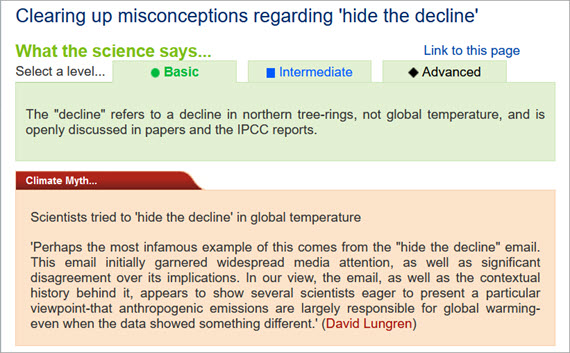Children, Vol. 11, Pages 465: Exposure to E-Cigarette Marketing and Susceptibility to Future Vaping among Black and Latino Adolescents in the United States
Children doi: 10.3390/children11040465
Authors: Ruthmarie Hernández-Torres Hongyue Wang Rafael Orfin Eida M. Castro-Figueroa Jeffrey Freeman Ana Paula Cupertino Deborah J. Ossip Karen M. Wilson Francisco Cartujano-Barrera
Evidence suggests an association between exposure to electronic cigarette (e-cigarette) marketing and e-cigarette use (vaping) among adolescents. However, there is limited evidence on exposure to e-cigarette marketing and susceptibility to future vaping, especially among Black and Latino adolescents. This study aimed to examine associations between exposure to e-cigarette marketing and susceptibility to future vaping among Black and Latino adolescents in the United States (US). Participants (N = 362; equal representation between Black and Latino adolescents) completed a baseline assessment (available in English and Spanish) including sociodemographic characteristics (e.g., racial/ethnic group, age, gender, sexual orientation, etc.), exposure to e-cigarette marketing, and susceptibility to future vaping. Exposure to e-cigarette marketing was recoded and organized into two categories (high exposure = 2 to 3; low exposure = 0 to 1). Cochran–Mantel–Haenszel tests were used to evaluate the association between exposure to e-cigarette marketing and susceptibility to future vaping, stratified by racial/ethnic group. Multiple logistic regressions assessed the association between exposure to e-cigarette marketing and susceptibility to future vaping, controlling for gender, sexual orientation, grade, and academic performance within each racial/ethnic group. Black adolescents reported significantly higher frequencies of exposure to e-cigarette marketing (p = 0.005). A significant interaction was found between exposure to e-cigarette marketing and racial/ethnic group (X2 (1) = 6.294, p = 0.012). Among Black adolescents, high exposure to e-cigarette marketing (vs. low exposure) was associated with a higher probability of susceptibility to future vaping (OR: 2.399, 95% CI 1.147–5.021, p = 0.020). For Latino adolescents, exposure to e-cigarette marketing was not associated with susceptibility to future vaping (OR: 0.503, 95% CI 0.245–1.03, p = 0.062). Future studies should evaluate how and where adolescents are exposed to e-cigarette marketing. Prevention efforts must include the implementation of effective counter-marketing campaigns and the reduction of exposure to e-cigarette marketing among Black and Latino adolescents.

 2 weeks ago
21
2 weeks ago
21


